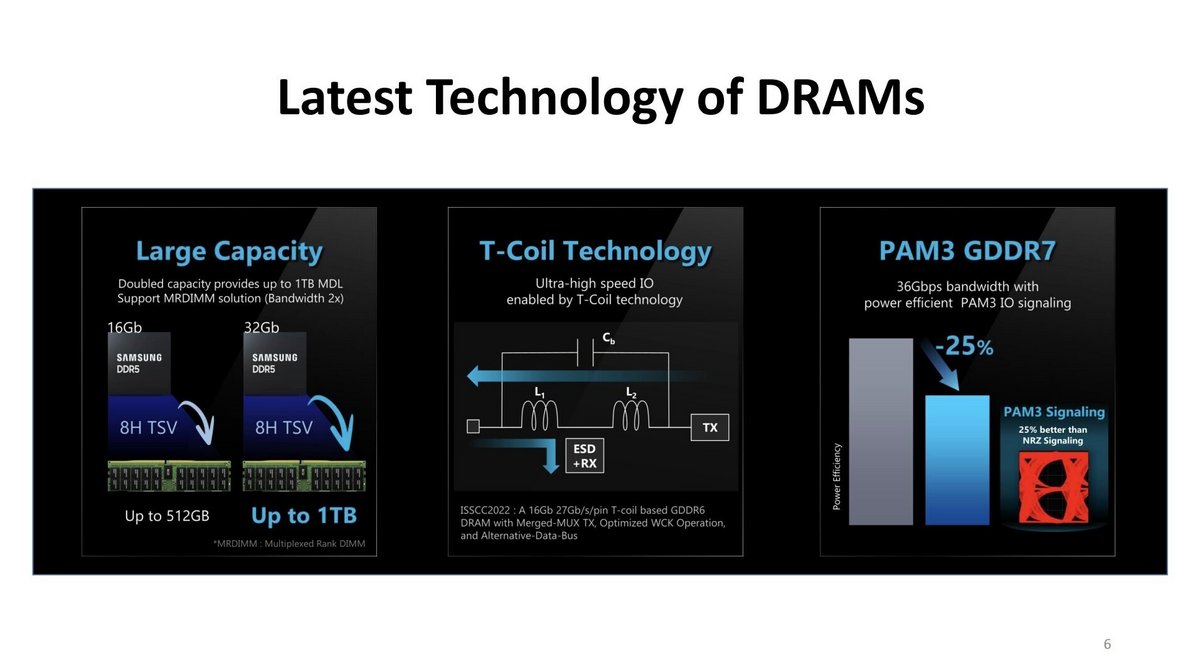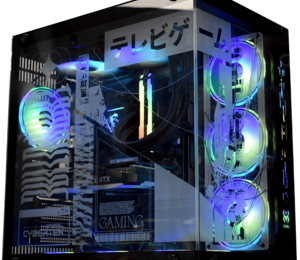The next generation of video memory has just been validated by JEDEC: the door opens to big progress on future ones graphics cards.
Even if you are just stopping by Clubicyou have obviously heard of GDDR, an acronym which stands for Graphics Double Data Rate, in other words the video memory used on our graphics cards.
Whether AMD or NVIDIA, GDDR6 or GDDR6X chips are currently used depending on the manufacturer, but the 7th generation should soon show the end of its transistor.
36 or even 37 Gbps chips
As with each new generation, it is the body in charge of validating the specifications which intervenes to clarify things after the manufacturers have evolved the technology.
It has already been several months that companies like Micron or SK Hynix, but also Cadence or Samsung have been reporting their progress in this area. The South Korean brand, for example, announced GDDR7 at 37 Gbps while Micron is just behind with 36 Gbps (per pin).
The fact remains that if manufacturers are pulling out all the stops, it is essential to have a clearly defined standard to avoid incompatibility problems and a pretty mess when the first products are released.
Towards a doubling of capacity
This is the whole point of the official press release published by JEDEC and relayed by our colleagues from VideoCardz. It defines the JESD239 GDDR7 standard, the first version of this GDDR7 that we expect for the next generation of graphics cards in particular.
For the first time, a JEDEC standard is planned to use the Pulse Amplitude Modulation, a communication protocol with the GPU. In this case, we are talking about PAM3, the objective of which is to increase the SNR (signal-to-noise ratio) for better chip efficiency. We are also talking about much better density with the move from 16 to 32 Gbit in dual channel mode, which will logically allow 2 and 4 GB modules.

Of course, we will have to wait for the first integrations, but this should allow a simultaneous increase in the capacities of future graphics cards and memory bandwidth. In its press release, JEDEC also insists on the integration of ODECC, an on-die error correction mechanism. JEDEC members AMD, Micro, NVIDIA, Samsung and SK Hynix all welcome this validation.
While we expect the new generation of AMD and NVIDIA graphics cards during the third or fourth quarter, there is a good chance that GDDR7 will begin its commercial existence before the end of the calendar year.
Source : VideoCardz


0